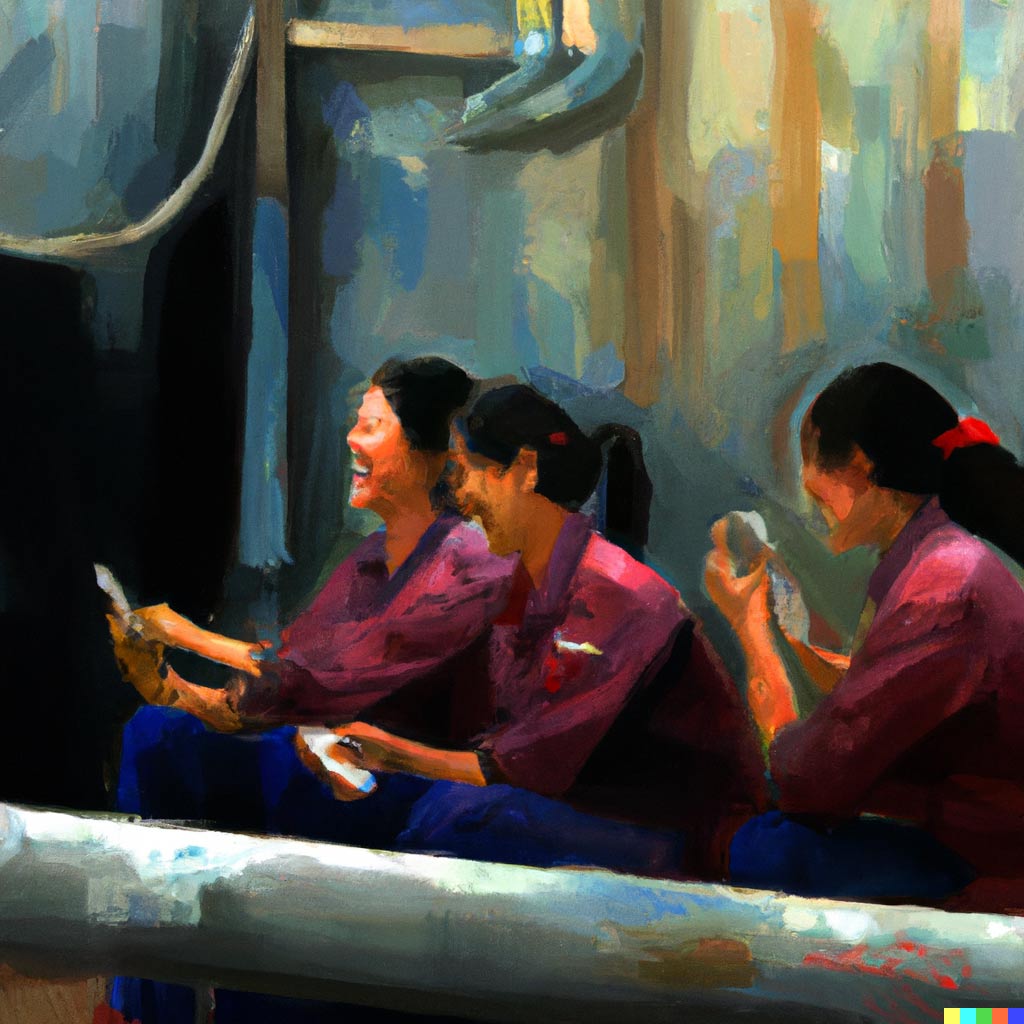In this article, we first set out why the private sector should be at the forefront of efforts to achieve these goals, and then dive into the pros and cons of the use of digital technologies to accelerate achievement, using SDG 8 as a case study.
Incorporating Social Impact into Business Mission
Social impact refers to significant positive changes that address sustainability, social injustice, and development challenges. The United Nations SDGs serve as a framework for organizations to align their social impact efforts. These goals, adopted by all 193 Member States of the UN, outline a path to end poverty, fight inequality and injustice, and protect the planet by 2030. By embracing the SDGs, organizations can shape their strategies, identify business opportunities, strengthen stakeholder relations, and contribute to the greater good. The SDGs provide a common language and shared purpose, fostering collaboration across sectors to achieve sustainable development.
Digital Technologies and their Transformative Potential
Digital technologies, such as artificial intelligence (AI), big data mining, simulations, blockchain, social media, and so on, hold both immense potential and dangers for achieving the SDGs. AI enables machines to learn, reason, and problem-solve, offering valuable insights and automation. Big data mining allows organizations to analyze vast datasets, uncover patterns, and make informed decisions. Simulations enable the modeling of complex systems, aiding in understanding and finding innovative solutions. Yet information, communication and technology accounts for a growing proportion of carbon emissions every year, despite increased efficiency (thanks to the Jevons paradox). Privacy and misinformation concerns, as well cost and expertise barriers provide reason for hesitation. Yet, as the case study the range of technologies used to address decent work shows, there is sound reason to feel optimistic about the potential of these technologies for the future.
The Pros and Cons of Adopting Digital Technologies to Promote Decent Work (SDG 8)
Digital technologies, such as social media, ethical consumption apps and platforms, worker apps and platforms, blockchain, and remote sensing technologies, are increasingly adopted to promote decent work. These tools are particularly valuable for businesses with obligations under modern slavery legislation or sustainability and due diligence laws that are required to monitor, report and address working conditions in their operations and supply chains.
Social media has emerged as a powerful tool for raising awareness about worker rights and connecting individuals facing similar challenges. Additionally, social media serves as a platform for warning others about potential abuses and promoting education on labour rights. However, as is well known, social media is prone to misinformation and may not always provide reliable information. Furthermore, accessing authentic information can be challenging due to the use of aliases by workers and fear of being identified.
Ethical consumption apps and platforms have been developed to provide consumers with information about companies that address labour abuse in their operations and supply chains. However, Limoncelli (2020) argues that these apps have limitations and may not effectively curb labour exploitation. They can be based on questionable assumptions about consumerism and often prioritize entrepreneurship over addressing labour abuse. To truly influence labour laws and ensure due diligence by companies, consumer pressure alone is not sufficient. Larger buyers like state entities and big brands need to take responsibility for monitoring their value chains and undertaking thorough human rights checks prior to sourcing from suppliers to ensure they offer decent working conditions.
Worker apps and platforms have been developed to share information with workers and enable them to report working conditions. These apps serve various purposes, including rating recruiters and employers, facilitating access to conflict resolution and compensation, providing information to workers, and supporting communication among workers. While these apps can help detect instances of labour abuse, they face challenges in terms of data quality, integration with corporate systems, and potential risks to workers' privacy and safety. It is crucial for organizations to ensure that workers benefit from using these apps, protect workers' privacy, and involve them in the design and implementation of these systems.









